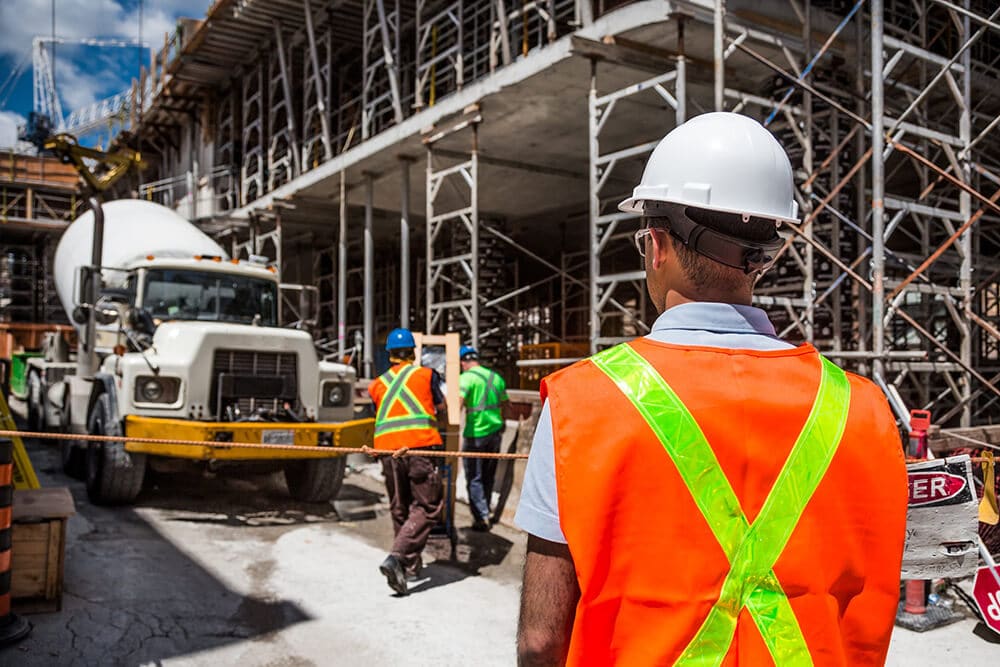Work zones can be extremely dangerous for workers and drivers alike, and when drivers speed through them, any accident in a work zone can quickly become deadly. That’s why PennDOT rolled out a trial of speed cameras in work zones in an attempt to slow down drivers and reduce the amount of fatal accidents that occur.
According to PennDOT, there were nearly 2,000 crashes in work zones in 2018. 43 percent of the crashes resulted in injuries, and 23 people died. The program’s intent is to lower these numbers and make work zones safer for everybody over the next five years, so how do they plan to achieve that?
How the Cameras Work
These Automated Work Zone Speed Enforcement (AWZSE) cameras are mounted on vehicles or other apparatuses and record vehicle speed by using electronic speed timing devices, according to PennDOT. Vehicles are only recorded by these cameras if they are exceeding the posted speed limit by 11 miles per hour or more. If they do speed through the work zone, the AWSZE captures the license plate with the vehicle speed and the person the vehicle is registered to.
These cameras aren’t intended to be hidden traps for speeders, but rather devices to hold drivers accountable for their actions and prevent reckless driving. According to Title 75 of Pennsylvania law, there have to be at least two warning signs that inform drivers that speed cameras are in use before the active work zone. At least one sign must indicate if the camera is active or not and there must be a sign to denote the end of the enforcement area.
Right now, PennDOT says the cameras are in a pre-enforcement period that will end on March 4. Once they are in the active period, you can only be issued a fine for speeding if it is an active construction zone, and drivers who speed 11 mph over the speed limit will get a warning for their first offense. After that, they will be fined $75 for their second offense and $150 for their third offense as well as any subsequent offense. Any fines collected are used to keep the program running.
Under the Right-to-Know Law, images captured by the cameras are not considered public record, and will only be given to law enforcement officials if criminal conduct occurred.
Where Are the Speed Cameras?
Here are the locations of the work zone cameras, as listed by PennDOT:
- Interstate 78 in Berks County between mile markers 35 and 43
- Interstate 476 in Montgomery County between mile markers 31 and 38
- Interstate 83 in York County between mile markers 3 and 4 at the Shrewsbury interchange
- Interstate 276, Section RC1 in Bucks County
- S. 1, Section WAV in Philadelphia
- S. 1, Section RC1 in Bucks County
- PA 885, Section A45 in Allegheny County
The placement of these cameras is strategic. I-76 and I-83 both rank in the top five most dangerous highways in Pennsylvania, so it makes sense why PennDOT would place work zone cameras on these highways since they are dangerous as is, and could potentially get even more dangerous when work zones and congestion are involved.
Shrager, Sachs, & Blanco Will Defend Your Rights
Whether you were in an auto wreck in a work zone or anywhere else on the road in Philadelphia, injuries can take a physical, emotional, and financial toll on you. We believe you shouldn’t have to deal with those burdens alone. At Shrager, Sachs, & Blanco, our car accident lawyers are dedicated to getting you the compensation you deserve for your injuries and damages so that you can focus on recovery. Contact us today so that you can start healing.









